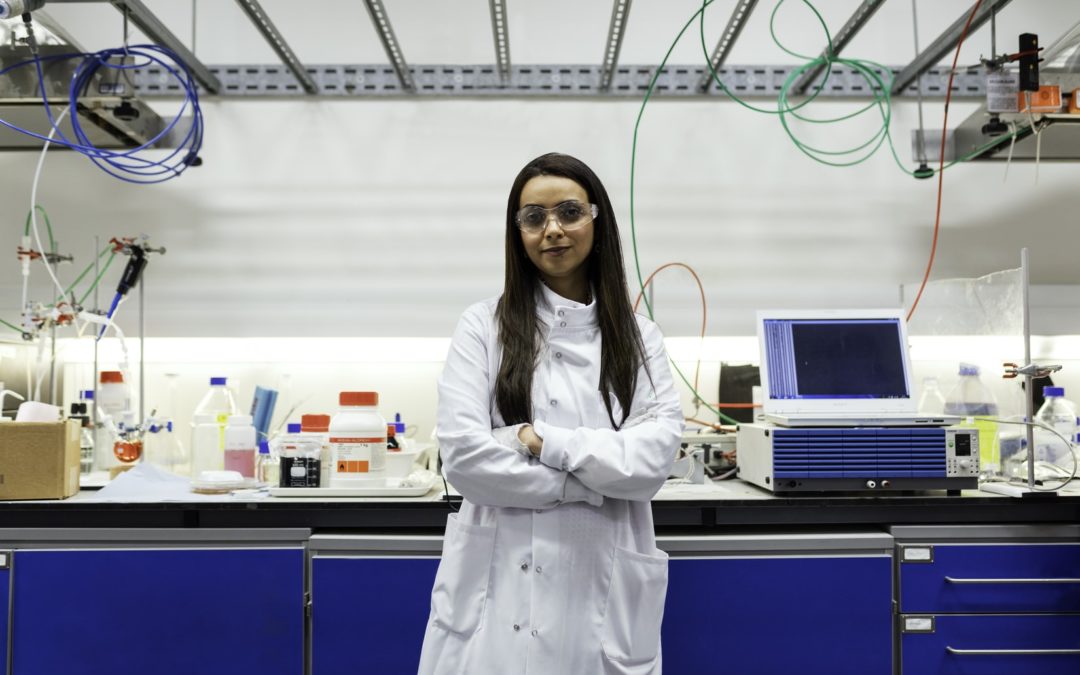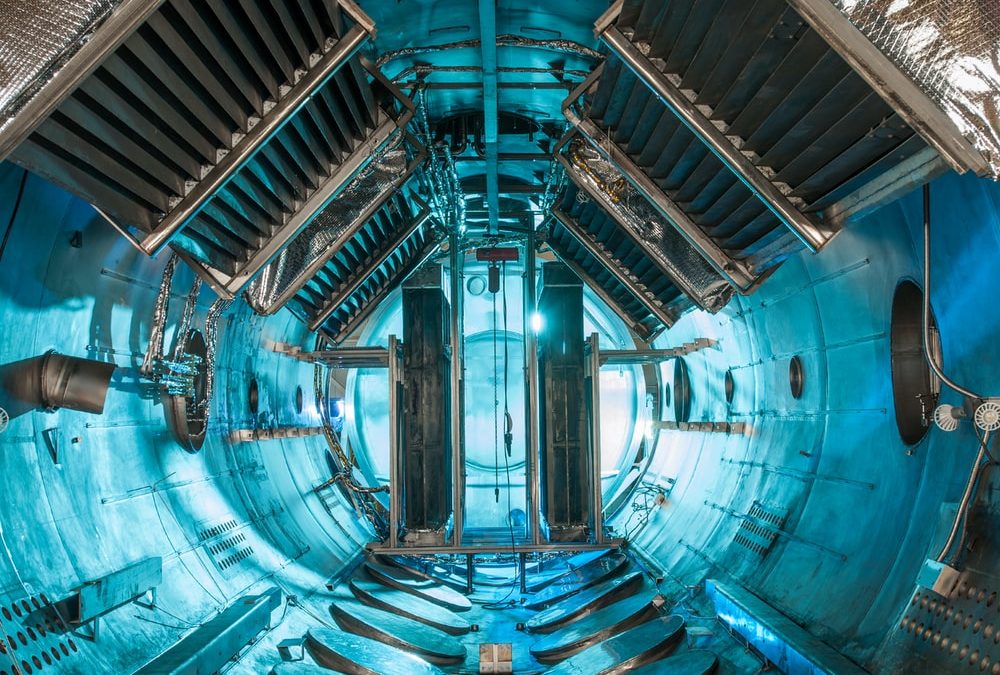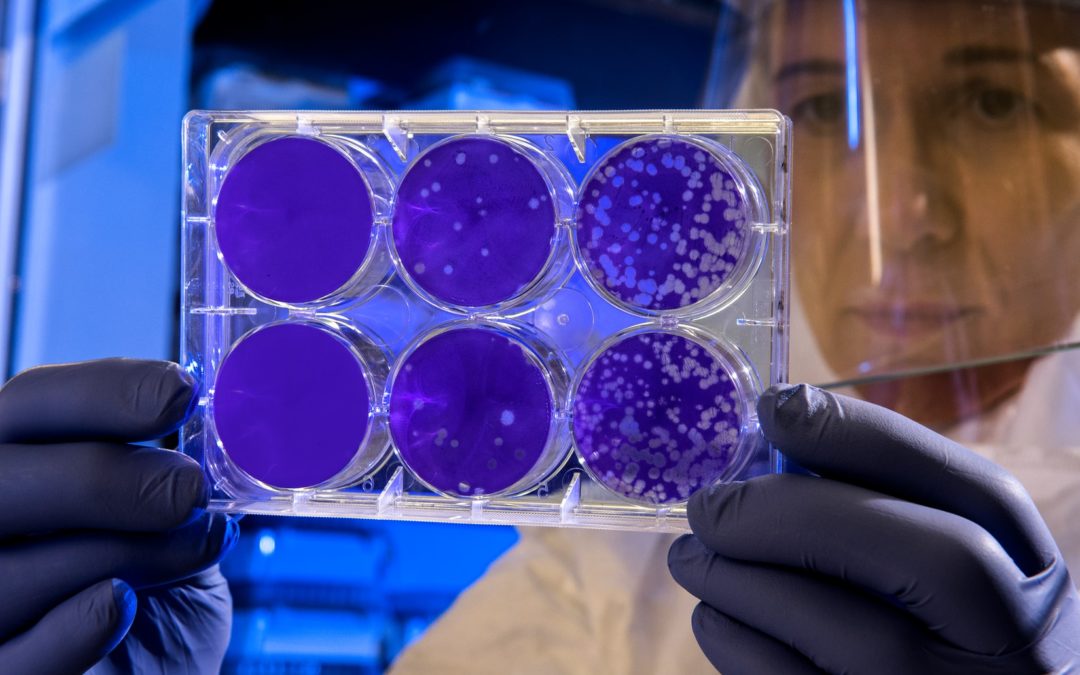
3 Common Types of Cleanrooms
If you know you need a controlled space to operate your business, a cleanroom is designed to help you achieve a completely clean environment to work, while managing environmental factors like temperature, humidity, static, and pressure. Whether you’re manufacturing, developing, inventing, testing, or packaging, various cleanroom types will offer you different features. Some might be better suited for certain cleanroom classifications or offer special features or more compatibility with your unique application. Let’s take a look at three common types of cleanrooms: HardWall, SoftWall, RigidWall cleanrooms.
HardWall Cleanrooms
For cleanrooms with rigorous classification standards, HardWall cleanrooms are designed to comply with any cleanroom classifications, even the most stringent (ISO Class 1).
HardWall cleanrooms can be freestanding or incorporated into an existing building. Made using a coated aluminum frame with a prefabricated panel, HardWall modular cleanroom panels are designed to achieve a high level of control over static, pressure, humidity, and contamination.
A great advantage of HardWall cleanrooms is that they can be installed in an existing structure around mounted equipment, using light from the building’s windows and connecting to the existing HVAC system. This cleanroom type also offers extreme environmental control beyond particle count and air changes. In addition to management of temperature, static, and humidity, HardWall cleanrooms can be pressurized if your classification requires extra contaminant protection.
HardWall cleanrooms can comply with any industry specific requirements and are well suited for all cleanroom applications such as medical cleanrooms — including research and pharmaceuticals — aerospace cleanrooms, and even sensitive electronics manufacturing or semiconductor cleanrooms. HardWall cleanrooms can be easily modified or reconfigured by adding or removing modular panels, and are durable enough to be reused, relocated, and repurposed while maintaining their quality.
SoftWall Cleanrooms
SoftWall cleanrooms are a minimalist, lightweight cleanroom type that can accommodate most cleanroom classification standards. SoftWall cleanrooms can fit in almost any space and are fully customizable with a wide variety of filtration options, door types, and other modifications.
Featuring an aluminum alloy frame and clear or opaque vinyl curtains around the perimeter, SoftWall cleanrooms are designed to be more compact, so they can work almost anywhere in your facility — even within another cleanroom. Of course, if you’re looking to expand, custom sizes are available. Curtains are made from anti-static or conductive PVC or polyethylene. 40 mil clear is the standard option, but frosted or clear anti-static vinyl are also available as well, in a range of colors for UV absorption. During installation, wiring is installed on-site, with optional pre-assembled wiring harnesses. You can also choose to install standard fan filter units and a control panel for FFUs, lighting, and other wiring.
SoftWall Cleanrooms are able to reach most cleanroom classifications, and are ideally suited for ISO Classes 4-8.
If you’re looking for an affordable cleanroom option that’s easy to assemble and maintain, a SoftWall cleanroom would be perfectly suited for your application. SoftWall cleanrooms have the advantage of being an affordable modular option that don’t sacrifice their high performance capacity. Their extremely flexible design makes them a great choice for applications that need room to grow, including plastics manufacturing, automotive cleanrooms, growrooms, and some medical cleanroom applications.
RigidWall Cleanrooms
RigidWall cleanrooms can also provide a suitable environment for applications with less stringent classification requirements, with some flexibility that allows you to make changes as necessary to the layout and design of your cleanroom. RigidWall panels have a durability comparable to HardWalls, with full visibility floor to ceiling. They are best used for cleanrooms with classifications ISO Class 5-8.
With a choice of acrylic, static dissipative PVC, or polycarbonate wall panels, a RigidWall cleanroom will house your operations in a transparent, attractive style. Unlike the SoftWall curtain or the utilitarian HardWall panels, RigidWall panels are sleek and minimalist. Flat, clear panels allow easier monitoring of the cleanrooms while also creating an attractive feature for the space, making them a perfect frame to show off your work to investors.
An advantage of RigidWall cleanrooms is that they are easy to maintain. Although they aren’t as flexible as SoftWall panels, RigidWalls can be modified with some effort, or even stored if you need to free space for something else. RigidWall panels can be customized in size with heights up to 7-14 feet, and come pre-wired with outlets and switches to control lighting, fans, and equipment. Panels are suspended from a strong ceiling grid which, fully-secured, means the panels will maintain their shape and integrity over time.
RigidWall cleanrooms make a high-performance choice for a number of applications such as automotive cleanrooms, aerospace cleanrooms, and some medical device packaging and plastics cleanrooms.
All cleanroom types can be fully customized or modified to your unique application. Whether you need a highly controlled environment to meet stringent cleanroom classification requirements or an affordable option to allow your operations to grow, a HardWall, SoftWall, or RigidWall cleanroom would be a great choice for your facility.
Still not sure which cleanroom type is best for your application? Talk to the experts at Angstrom Technology. No matter what type of cleanroom you need, we can help you design and install it. To help you decide which cleanroom type is best for you, give us a call!





